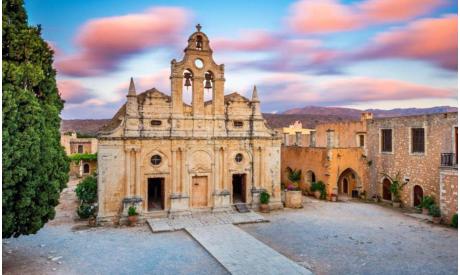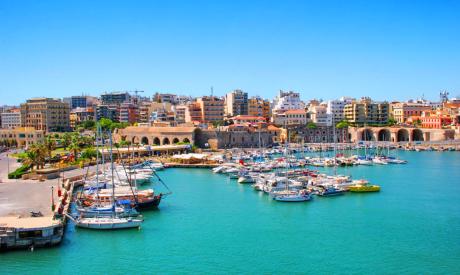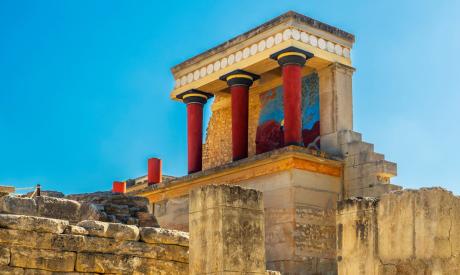About us
Established in 1985, Intercars car rental is a very competitive car rental company with almost 40 years of experience in satisfying thousands of visitors that wish to explore our exquisite island.
Take advantage of our special services such as free pick-up and drop-off from the airport/port/city of Heraklion and the option of free baby or booster seat/s. Make sure you check out all our pick-up points available. Crete is a big island and we always want to be near you.
Do not hesitate to visit our offices at Kato Gouves and Kokkini Hani for special offers. We have the experience to help you get the car you need at a price you can afford.
Unforgettable journeys start here!



